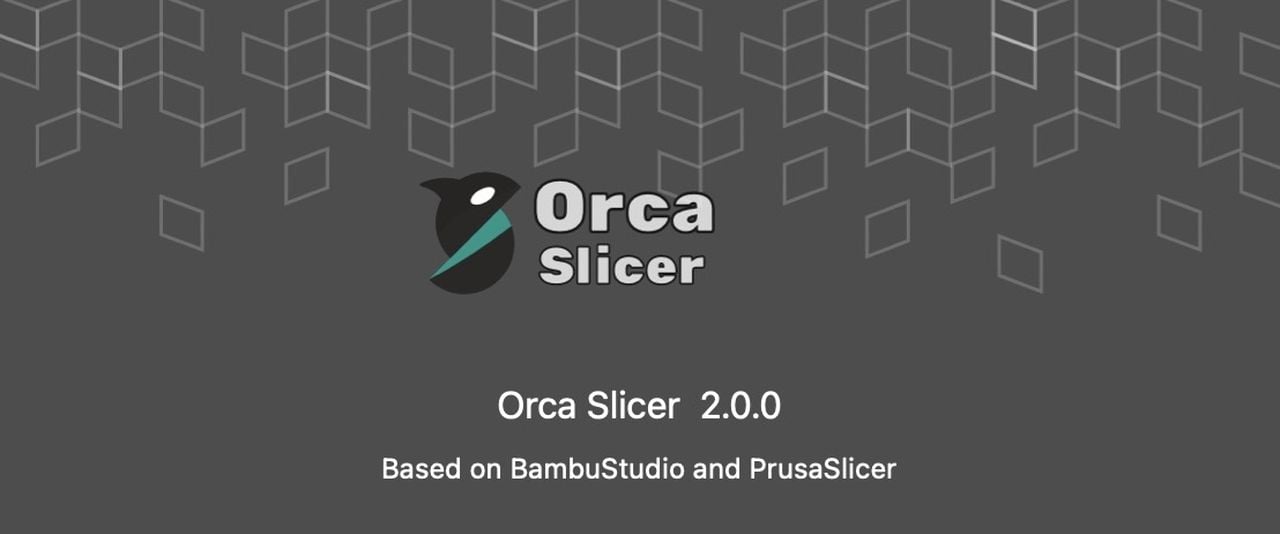
OrcaSlicer 2.0.0 has been officially released.
The open source 3D print slicing software has gained significant popularity in the past year, and is among the most used slicers currently available.
OrcaSlicer is open source, and is based on Bambu Lab’s Bambu Studio software, also open source. However, Bambu Studio was based on PrusaSlicer, which was itself based on the much earlier open source Slic3r project. There’s quite a few iterations here.
OrcaSlicer was developed to address perceived shortcomings in Bambu Studio by the Bambu Lab community. It retains much of the look and feel of Bambu Studio, yet includes additional functionality.
That list of extra functions got a bit longer with the release of version 2.0.0. While there were no “major” features in this version, there are quite a few lesser features. Adding them together, you get a pretty decent upgrade.
Here’s some of the new features that caught my eye:
- Further tuning of the new “scarf joint” concept to make seams less visible
- A new 3D Honeycomb infill algorithm that reduces overhangs and provides as much strength as gyroid infill, yet prints much faster
- xA 3D navigator “cube” assists in changing the view, much like that seen in Autodesk Fusion 360
- Small area flow compensation, where over extrusion may occur in confined areas. This should increase print quality
- Integration with the SimplyPrint 3D printer management cloud service
- Over the air (OTA) updates for printer configurations are now supported
- Support for Flashforge 5M network
- Direct adaptive bed mesh support has been added
- When printing objects separately, you can now specify the order of printing
- A huge number of printer profile updates
And that’s not all: version 2.0.0 includes a very long list of other tweaks and fixes. In all, this should make OrcaSlicer 2.0.0 a much improved system.
